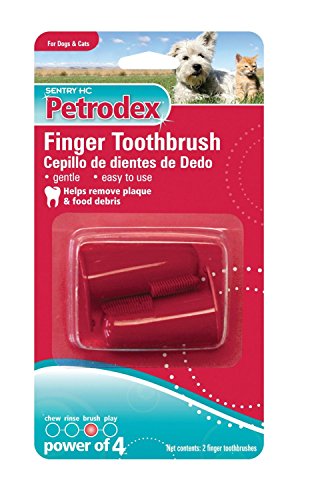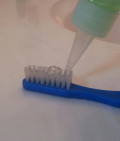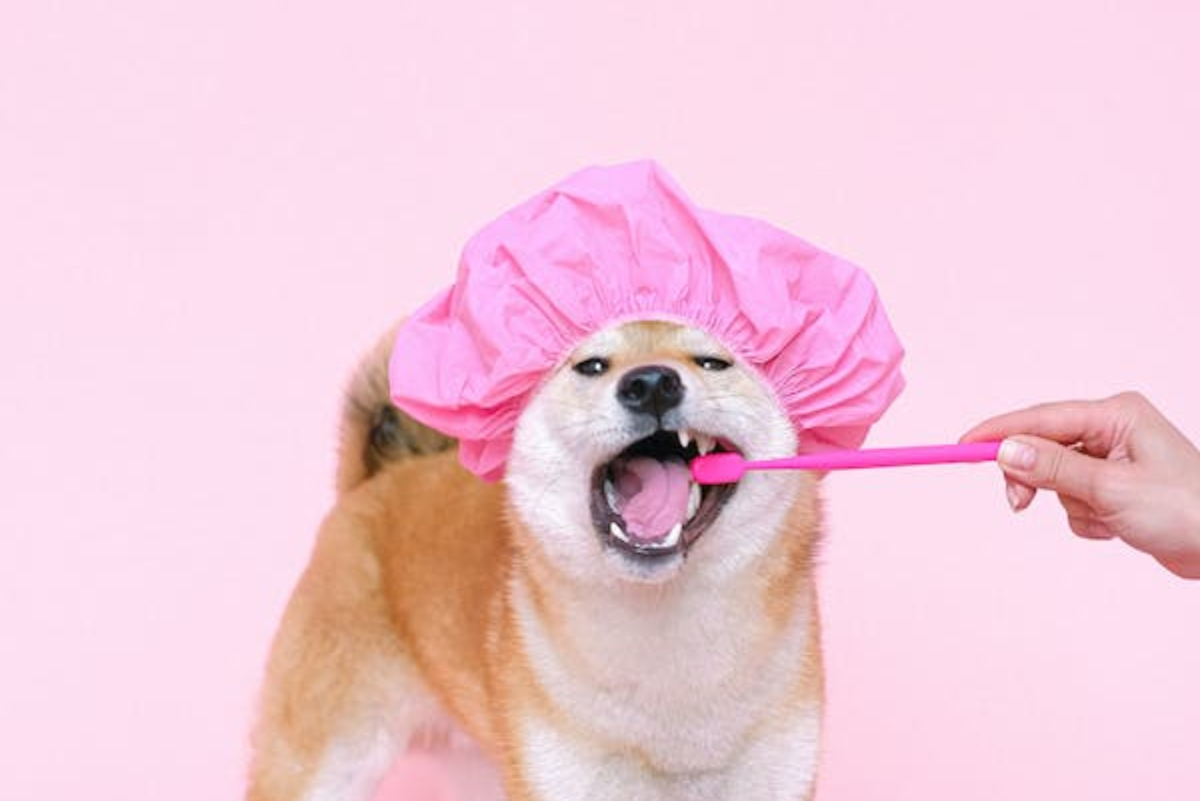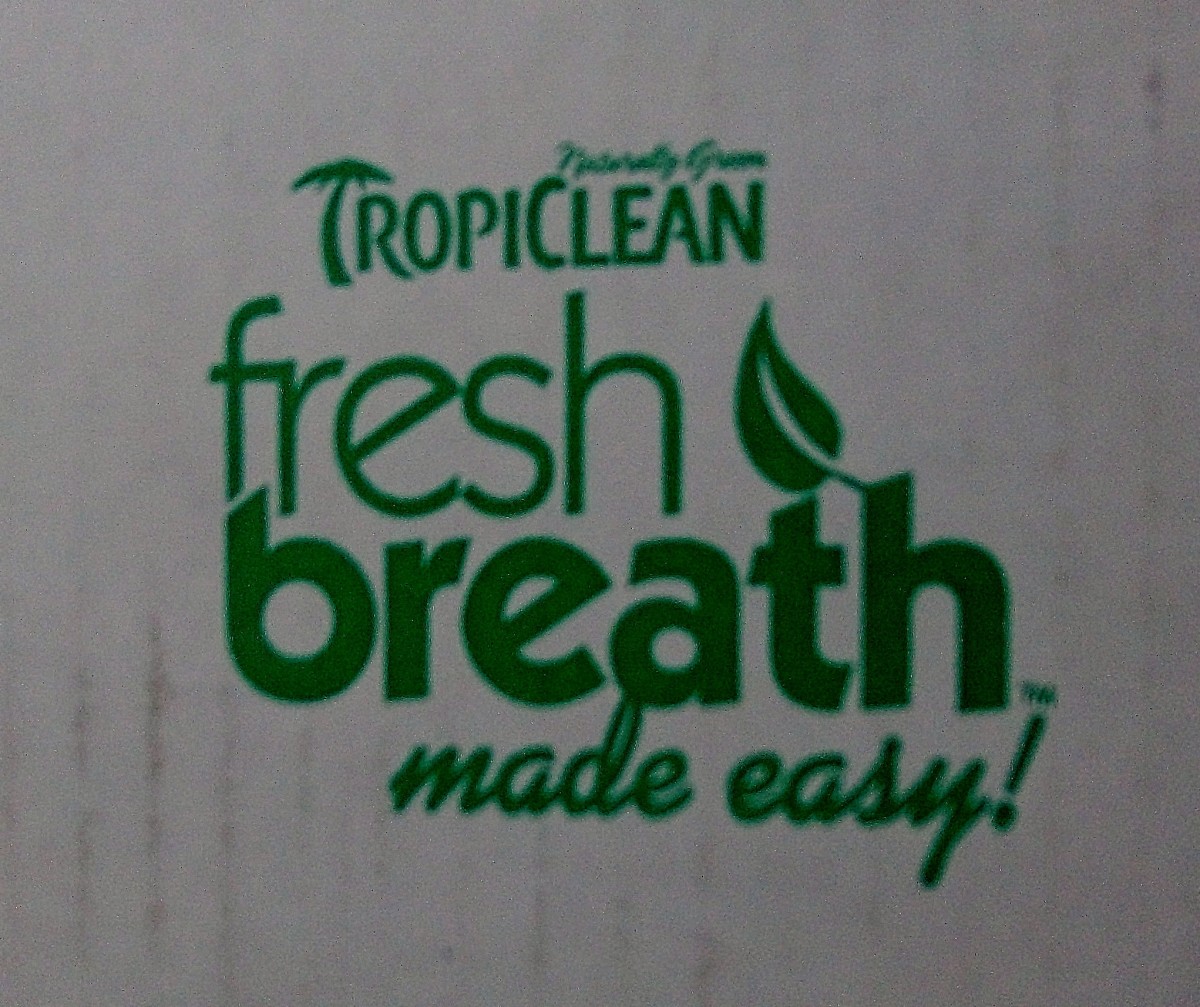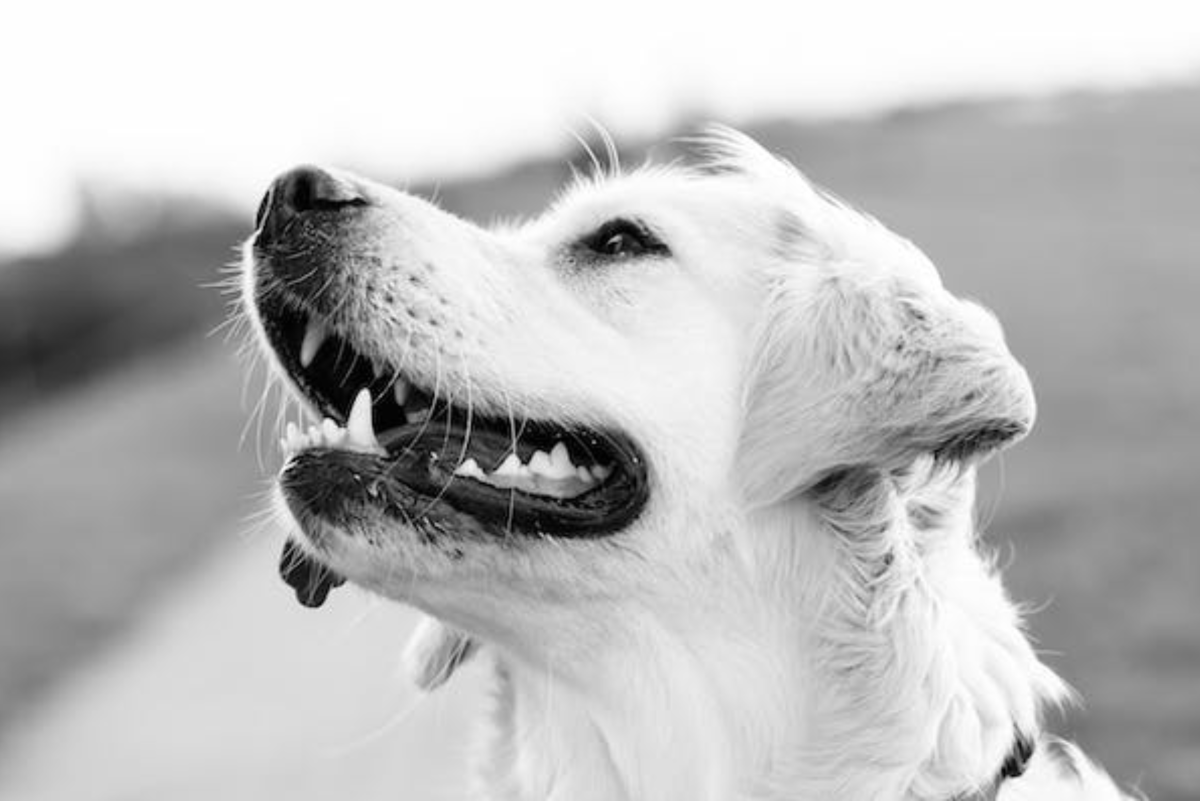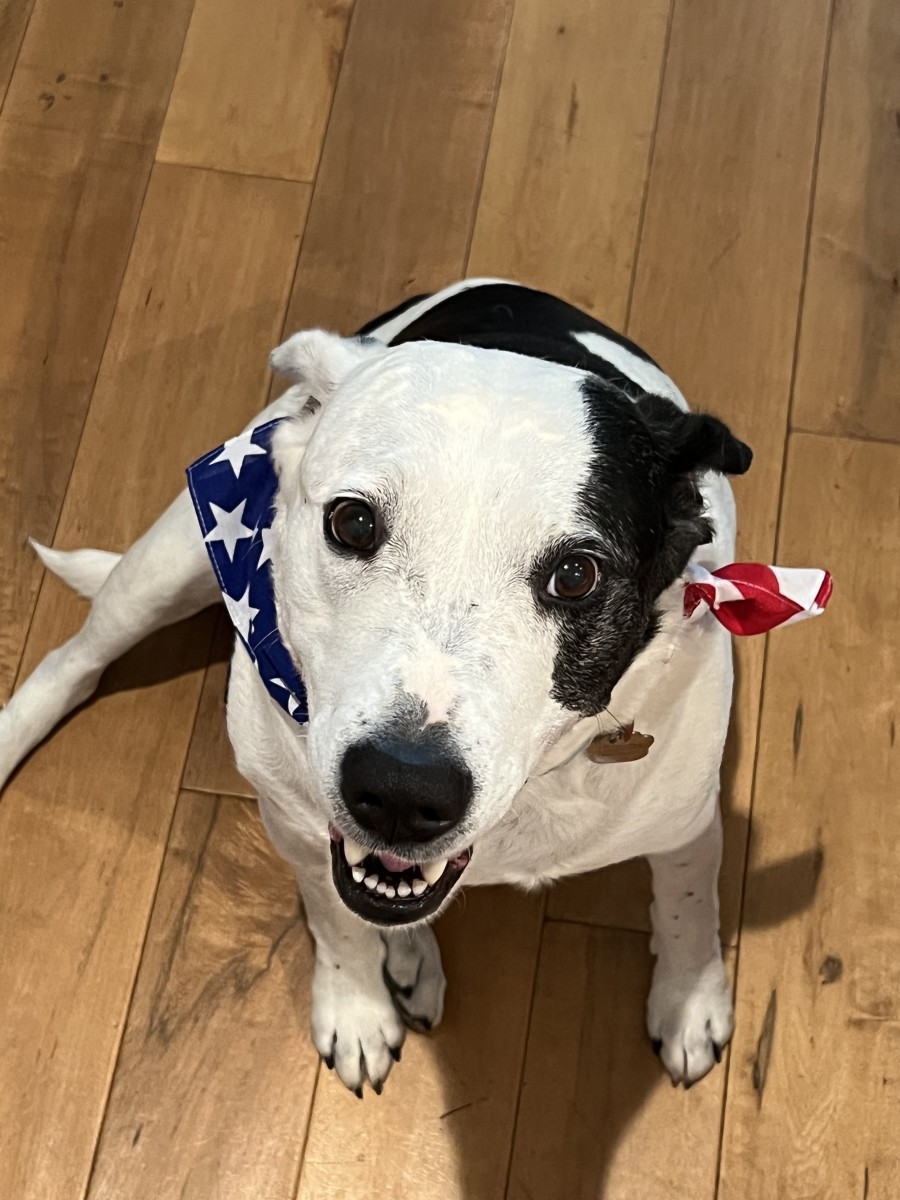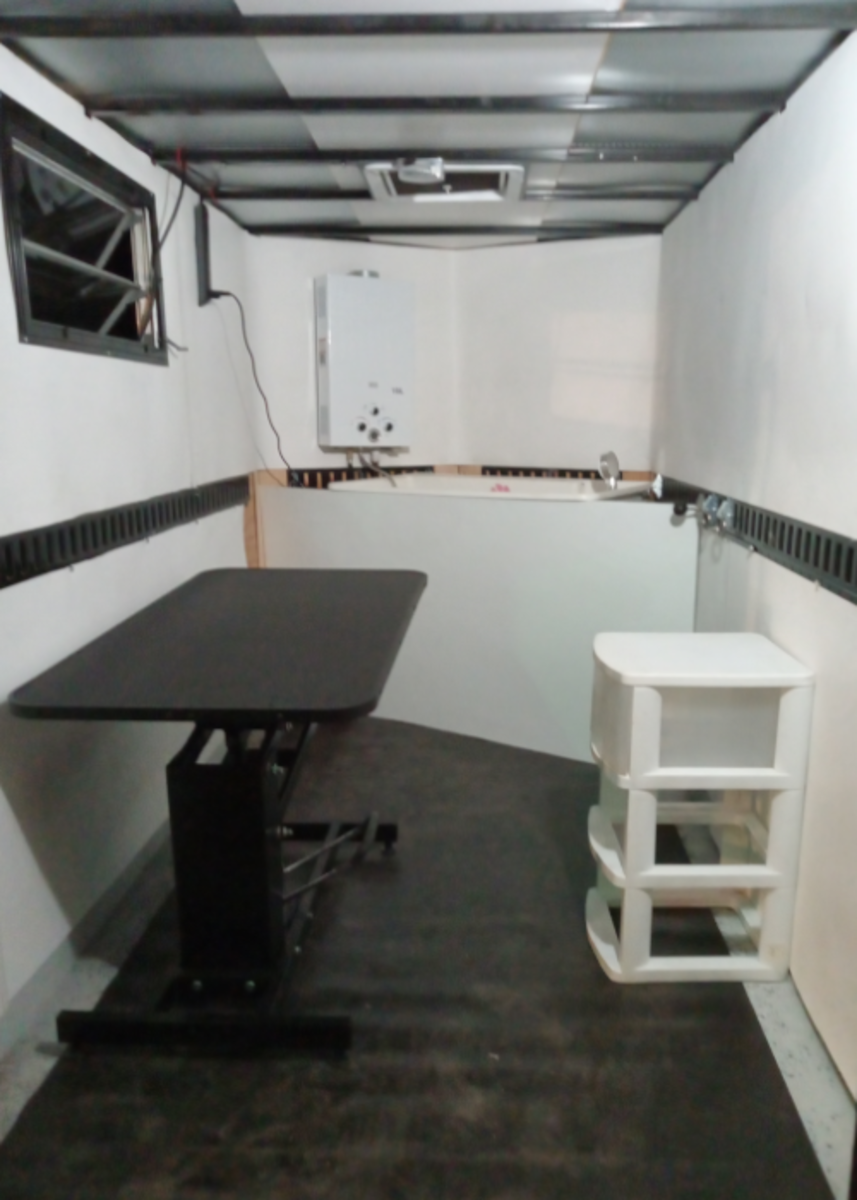Dog Toothbrush and Toothpaste: Brushing Your Dog's Teeth
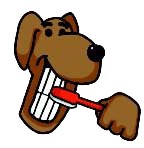
Dog Grooming and Health
Brushing your dog's teeth is an important aspect of dog grooming and dog health. Brushing your dog's teeth is a very simple process once you and your dog, have both gotten into the routine. It's a great way to prevent dental disease, which is the most common, preventable, and treatable, disease in dogs.
You can actually reduce dental disease by choosing crunchy dog food (IE dry dog food) and appropriate chew toys.
Daily teeth brushing is the essential element to a healthy mouth and a healthy dog. Remember that it takes plaque about 36 hours to build up and harden and mineralize, forming tartar, which is why you should brush your dog's teeth daily in order to prevent the buildup.
You need to realize that even with daily teeth brushing, some dogs will still need professional cleanings, but by brushing your dog's teeth regularly, you will reduce the frequency of dental cleanings, as well as reduce the amount of periodontal disease (which is the most common dental disease for dogs).
Dog Toothbrush
Tips to Brushing Your Dog's Teeth
When brushing your dog's teeth you want to reduce the amount of stress as best as possible, which is why you should slowly introduce your dog to the toothbrush and the teeth brushing process.
You never want to straddle or force your dog to sit still while brushing his teeth.
You want to pick a time in your schedule that you can brush the dog's teeth daily. Basically, assess your schedule so that you can set time, so that you can have a steady routine. Like feeding, walks, and potty breaks, you want to have a nice routine for brushing your dog's teeth; plus having the session as a part of your daily routine, you will be less likely to forget for that day. Do give yourself a few days to steady and regulate the new routine.
You want to use a soft bristle toothbrush. You can find a number of styles that are dog appropriate.
You, also want use a veterinarian approved dog toothpaste. Avoid using human toothpaste and baking soda in your dog's mouth. There are a number of dog toothpastes that are specially formulated to appeal to your dog's taste, which makes the whole process a little easier. Usually, you can choose from poultry, beef, and peanut butter flavors.
You want to brush your dog's teeth in a slow and gently circular manner, spending about 30 seconds on each side.
How to Brush Your Dog's Teeth
You want to start this process early on so to reduce the amount of stress that could potentially procure from the process of brushing your dog's teeth.
On the first few sessions, you want to slowly introduce your dog to the process of teeth brushing, so you don't want to ram the toothbrush in his mouth and start brushing his teeth. You want to start by gently stroking the outside of your dog's cheek and the inside gums with your finger.
Once, the dog is comfortable with that, put a dab of dog toothpaste on your finger and let him sniff and taste it.
Next, you want to introduce the toothbrush. There are different styles and types of toothbrushes, so you want to decide if you will be using the finger toothbrush, regular pet toothbrush, or a triple head pet toothbrush.
When you're introducing your dog to the toothbrush, you want to apply just a small dab of toothpaste on the brush and let your dog sniff and taste it, as you did your finger. Then, in a slow, circular motion, brush one or two teeth and the gum line. This is really preparing your dog to the feel of the brush versus actually attempting to brushing his teeth.
Over a few days, you'll want to increase the number of teeth that you're attempting to brush. Try to stick with the front teeth, at first, and slowly move to the back of your dog's mouth, as you need to make sure that you brush these teeth as well.
Don't let your dog decide when you're finished. You are the one that stops the session, not him, but for the first several sessions while your dog is still getting used to you brushing his teeth, you'll want to make the sessions short and gradually build up the time. If you're dog learns to dislike the procedure from the start, then it'll make brushing his teeth harder and harder; so make sure that you stop the sessions before he starts to fuss.
When building up the time spent brushing your dog's teeth, you'll want to aim for about 30 seconds per side. You don't have to worry about the inside of the teeth, as dog's don't get much tarter on their inner portion of the teeth.
After each session, you'll want to praise your dog with love, treats, and attention. By stopping each session on a fun and happy note, your dog will start to look forward to having his teeth brushed versus run the other direction when you pull out his toothbrush.
Dog Grooming Tips and Supplies
- Choosing a Dog Shampoo
Picking the perfect dog shampoo can reduce skin irritation, so make sure that you have the right dog shampoo for your dog. - Bathing Puppies
Make sure that when bathing your puppy, you know the proper technique; how often; and what shampoos to use. - Dog Brushes and Combs
Find out which brushes work well with what coat types. - Electric Dog Razors
What are the best electric dog clippers to use for your dog? - Dog Nail Clippers and Trimming Your Dog's Nails
It's very important that you trim your dog's nails. Find out how to do it so that you don't have to pay the vet anymore. Also find out which tools you need. - Grooming Your Dog and Dog Grooming Kits
It is very important that you groom your dog properly and that you have the correct tools to do so.

